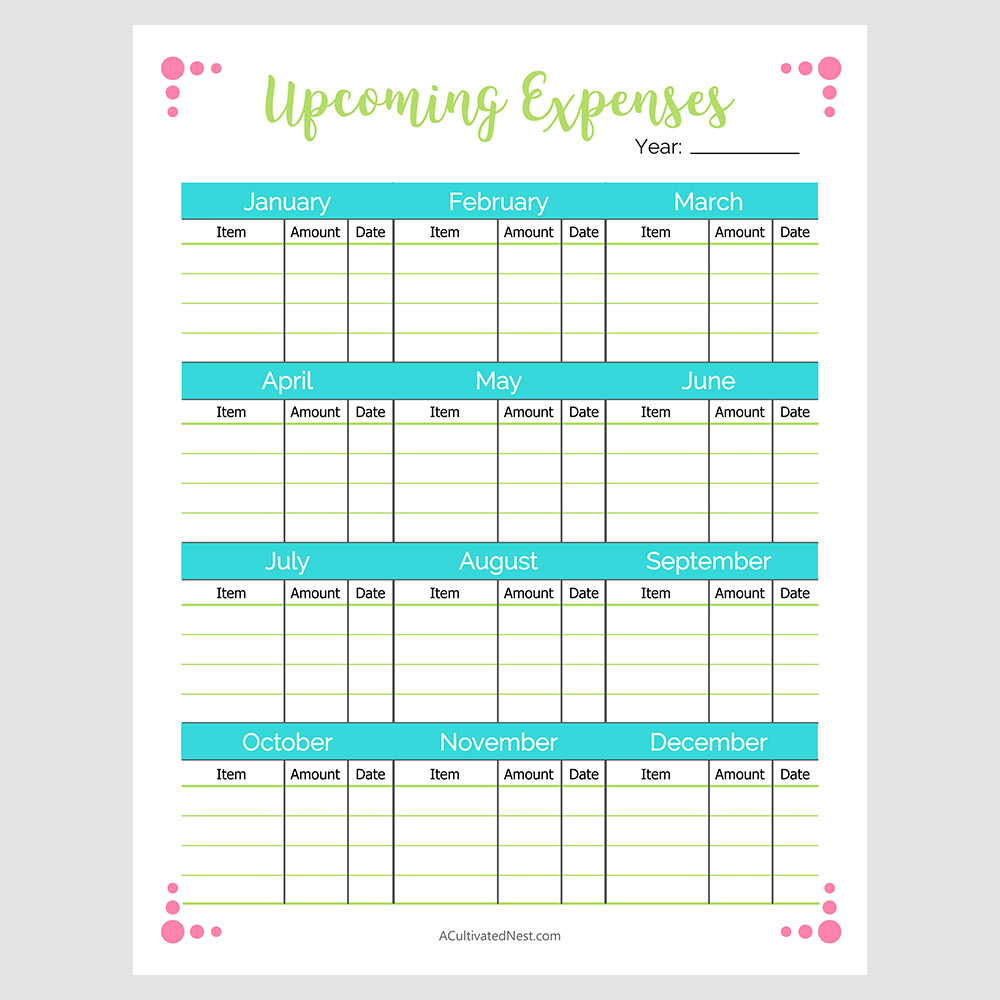
Calculate the difference between your projected costs and actual costs. Column 4, Difference: Evaluate your spending for the month.Every purchase, including small items like lattes, fast food and tabloids, should be accounted for. Column 3, Actual Costs: At the end of each month, tally all of your expenses.Consider cutting entertainment expenses and other non-essentials until your income allows for them. If it does, you need to make some adjustments. Your projected costs should not exceed your total monthly income. Again, past bank statements can help with this task.
Column 2, Projected Costs: Estimate the amount of money you expect to spend in each category throughout the month.Review past bank statements to get a feel for the types of purchases you make on a regular basis. Be sure to create a “Miscellaneous” category for unexpected items and purchases that don’t easily fit into other categories. Examples include housing, childcare, transportation, food/grocery, insurance, clothing, retirement, medical, gym and entertainment. Column 1, Categorize Expenses: Make a list of all your monthly expense categories, big and small.To get started, download our budget tracker worksheet, or you can create your own. Tracking your expenses is relatively easy. Let’s take a look at how you can start tracking your expenses. Over time, budgeting can help you save more money and reduce debt. The information enables you to adjust your spending habits and make better purchasing decisions.

#BUDGET EXPENSE TRACKER UPDATE#
Wise consumers tend to have some similarities when it comes to personal financial management – they track all of their expenses and continually update their financial goals.Ī monthly budget is a useful tool you can use to track both income and expenses.


 0 kommentar(er)
0 kommentar(er)
